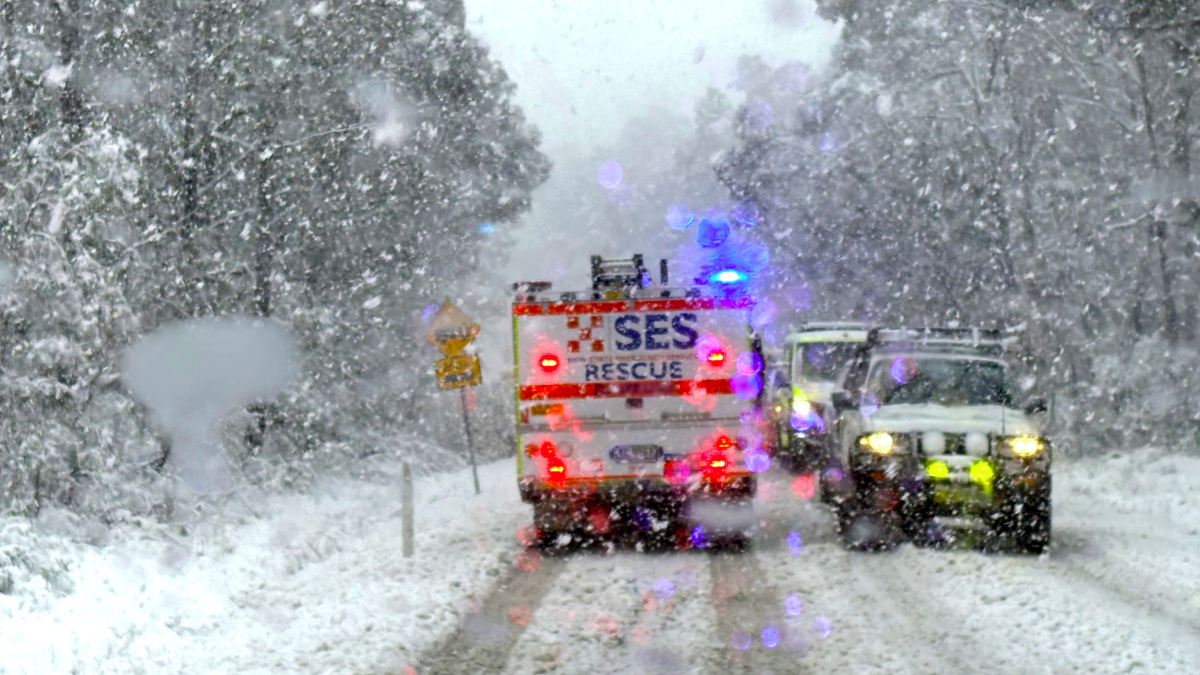
Introduction: The Uncommon Sight of Snow in Australia
Snow in Australia is a rare but fascinating phenomenon that captivates both locals and tourists alike. While many associate Australia with warm sunshine and sandy beaches, certain regions experience snowfall during winter months. Understanding the weather patterns and geographical features that contribute to snow in Australia is essential, particularly as climate change continues to impact weather systems.
Where and When Does It Snow?
Snow most commonly falls in the Australian Alps, which span the southeastern part of the country, primarily in New South Wales and Victoria. The ski resorts of Thredbo, Perisher, and Mount Buller are popular destinations, attracting winter sports enthusiasts each year. Snow is typically seen from June to September, with the most significant accumulations occurring in July and August.
In addition to the Alps, occasional snowfall can also surprise the more temperate regions, such as the Blue Mountains and even parts of Tasmania. For instance, a notable snowfall was recorded in August 2021, when cities like Hobart experienced flurries surprising residents.
Impact on Tourism and Environment
The occurrence of snow plays a vital role in Australia’s winter tourism economy. Skiing, snowboarding, and other snow-related activities draw thousands of visitors to alpine regions, providing substantial income for local businesses. In the winter of 2022, the number of visitors to ski resorts increased dramatically, fueled by a revival in domestic travel.
However, the implications of climate change cannot be overlooked. Experts warn that rising temperatures may lead to a decrease in snowfall over the coming decades, affecting ecosystems and winter tourism alike. Reports indicate that snowfall is becoming less predictable, with variations in annual snowfall affecting the livelihood of those reliant on winter sports.
Conclusion: The Significance of Snowfall in Australia
Snow in Australia, while elusive, is an essential aspect of the country’s diverse climate. It serves as a reminder of the unique geographical features that shape Australia’s weather patterns. As climate change continues to pose challenges to the environment, monitoring snowfall patterns will be critical for both ecological studies and the tourism industry. For now, Australians and visitors alike can enjoy the beauty of occasional snowfalls and the recreational opportunities they provide, while being mindful of their impact on the environment.
You may also like
Current Weather in Manchester: What You Need to Know

Understanding the Importance of AccuWeather in Daily Life
